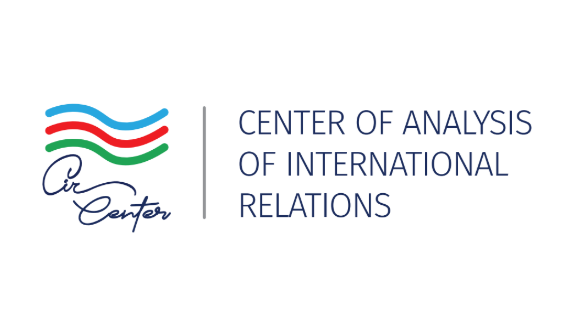AIR Center’s expert Huseyn Sultanli examines the transformations in the nature of the transatlantic relationship, its possible evolution scenarios, and implications for both the European and the international security architectures.
****************
The Transatlantic relationship is on the verge of a highly unusual structural transformation that has the potential to change the outlook of both the European and international security architectures. Shaped by NATO, an alliance between the United States and Europe to guarantee mutual security and avoid the outbreak of war, the relationship is facing a stern test that has been exacerbated by the intensification of ‘mediation’ discussions being held on the war between Russia and Ukraine. However, in addition to renewed pressure from the newly re-elected President Trump whose ‘go at it alone’ approach appears to be hurting the political self-esteem of European leaders, key fissures within Europe itself threaten to further derail an already fragmented continent. Among the examples are divisions on issues like military defence, the degree of support for Ukraine and even EU enlargement. Growingly, specifically right-wing, European leaders appear to be in line with Trump’s rhetoric which calls for profound change in Europe’s approach to domestic and interstate issues. Accordingly, this analysis will assess the reasons behind this change, focusing on how the fact that specific European leaders accept and agree with Trump’s criticisms of ‘Europe’ might alter the region’s security and cooperation architecture. Most importantly, it will consider the extent to which ‘Trumpism’s’ consolidation in Europe might alter what one actually means by “Europe” and the subsequent implications this may have for the transatlantic alliance.




